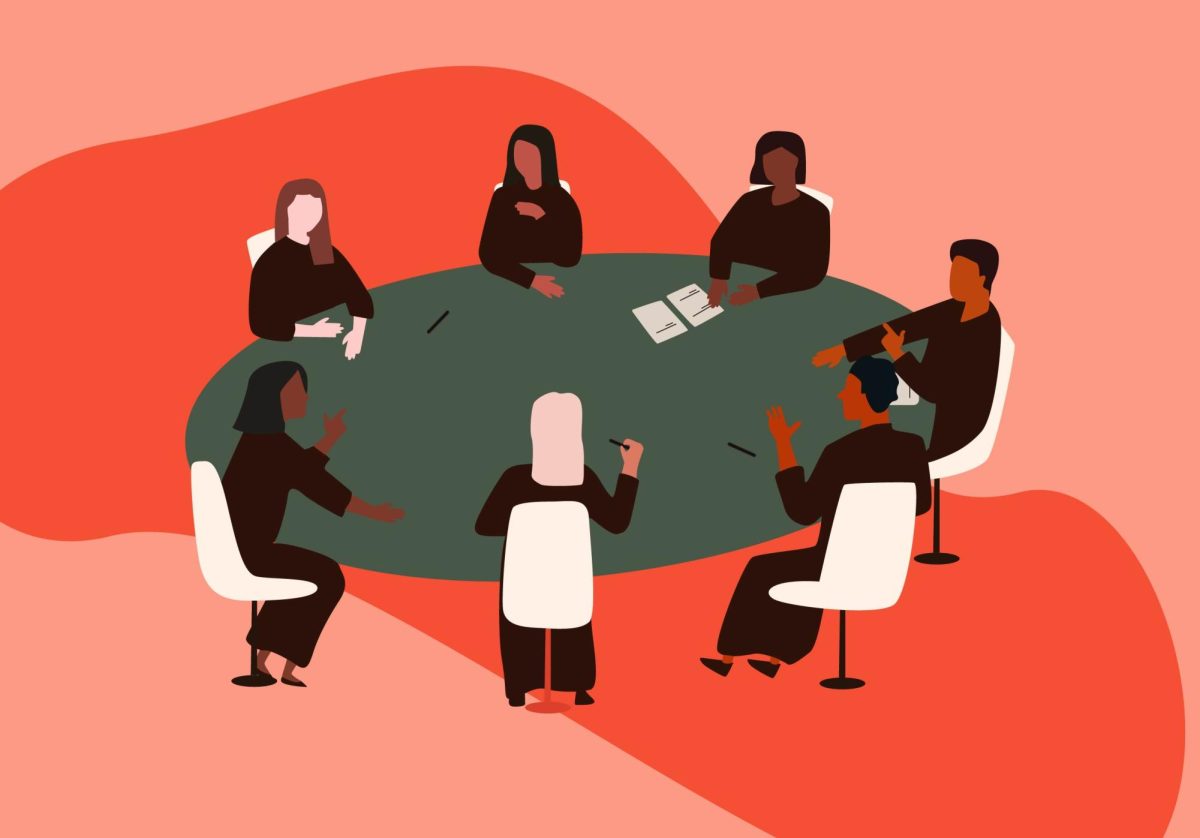Fed up with continued reports of racist incidents on St. Olaf’s campus, a group of the college’s students shut down the cafeteria and boycotted classes earlier this week — before the school cancelled classes on May 1.
The protest is the precipice of a string of racist incidents that have occurred at the school over the past year, and have pushed the campus to its tipping point — mirroring similar issues on the University of Minnesota campus and other colleges nationwide.
Throughout the fall and spring semesters at St. Olaf, whose enrollment hovers around 3,000 people — with just 63 black or African American students, according to 2016 enrollment data — black students have reported various racist incidents, including notes on cars that had pejorative language.
St. Olaf College President David Anderson released an email on April 21 comparing the notes found on cars to a form of terrorism.
“I have deliberately not repeated my announcement every time this person scrawls another racial epithet somewhere because then this person wins,” Anderson continued in his email. “I don’t want to give this person the power to evoke at will a message to the campus from the President.”
Emails from Anderson clearly weren’t enough, though, as the incidents kept happening. An endemic problem like racism can’t be solved by offering a hollow condemnation of the incident or by offering platitudes.
After the protest May 1, Anderson agreed to some of the students’ demands and signed an agreement that specified how to proceed with these issues, including racial and cultural sensitivity training and a new policy on racial threats and hate crimes. An email was sent to the student body that night announcing the agreement.
According to St. Olaf, there were nine reported acts of hate speech throughout the school year, beginning in the fall.
The college administration’s response to the spate of racist acts on campus was overdue and inadequate — Anderson waited too long to enact campus-wide changes.
At a campus as small as St. Olaf, which is 74 percent white, nine acts of hate speech is startling — and it’s important to consider those were just the ones officially reported. St. Olaf and other colleges nationwide need to be more proactive in making minority students feel safer.
In 2015, the University of Minnesota had a similar — though not campus-wide — protest spearheaded by the student group Whose Diversity? which ended with more than a dozen students arrested after attempting to occupy President Eric Kaler’s office.
We stand by students of color at St. Olaf, and applaud them for elevating their voices in the fact of injustice. Protest and peaceful acts of solidarity make reprehensible acts — like racial disparities, hate speech and crimes, police misconduct — visible to the public. When problems are made visible, we must then hold leaders accountable to enact change.







